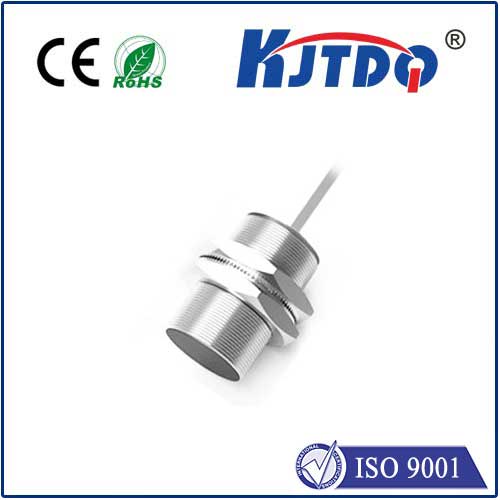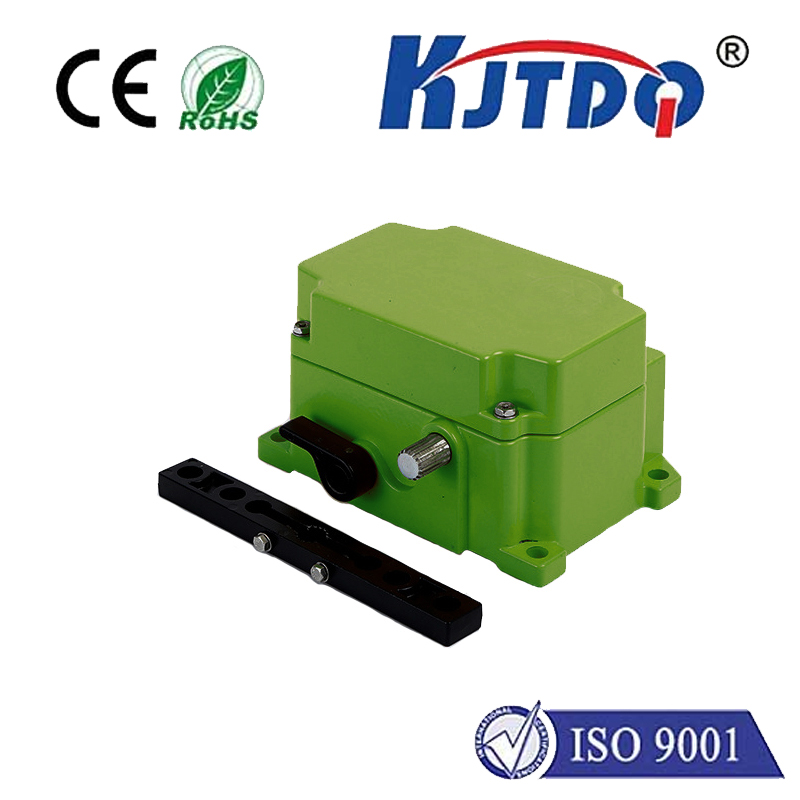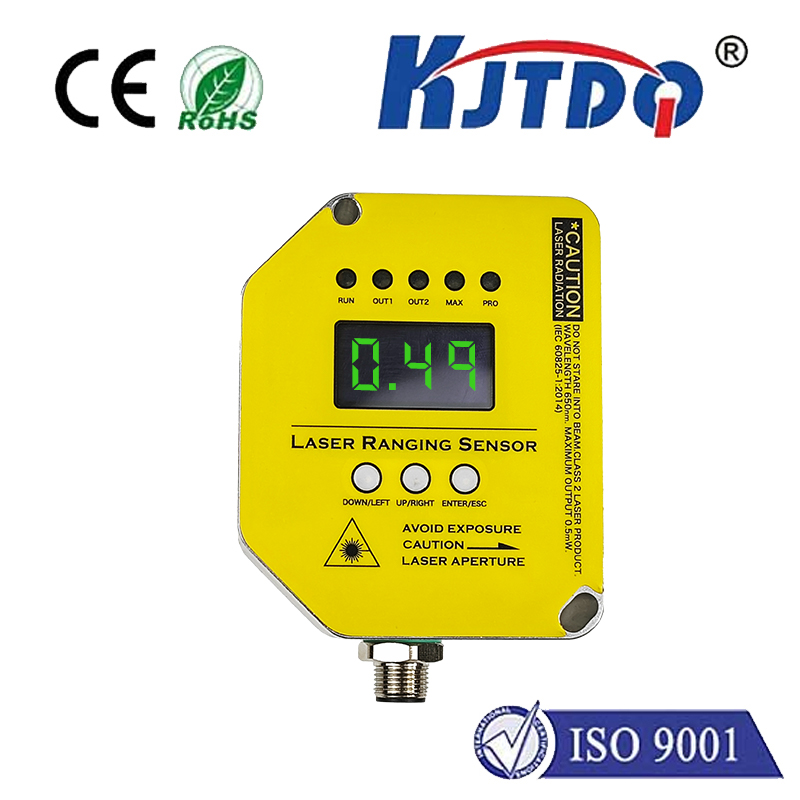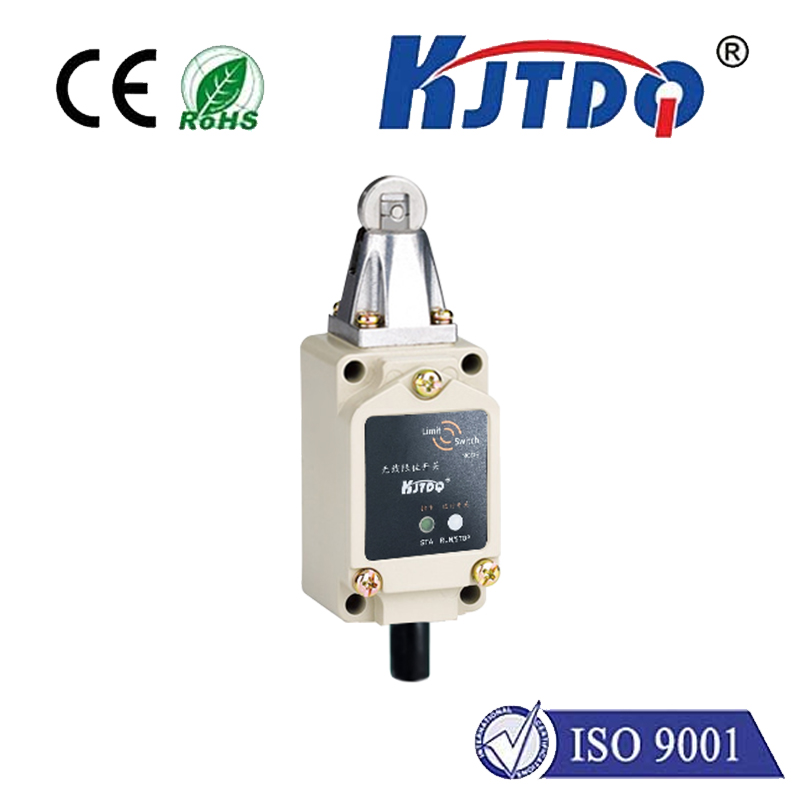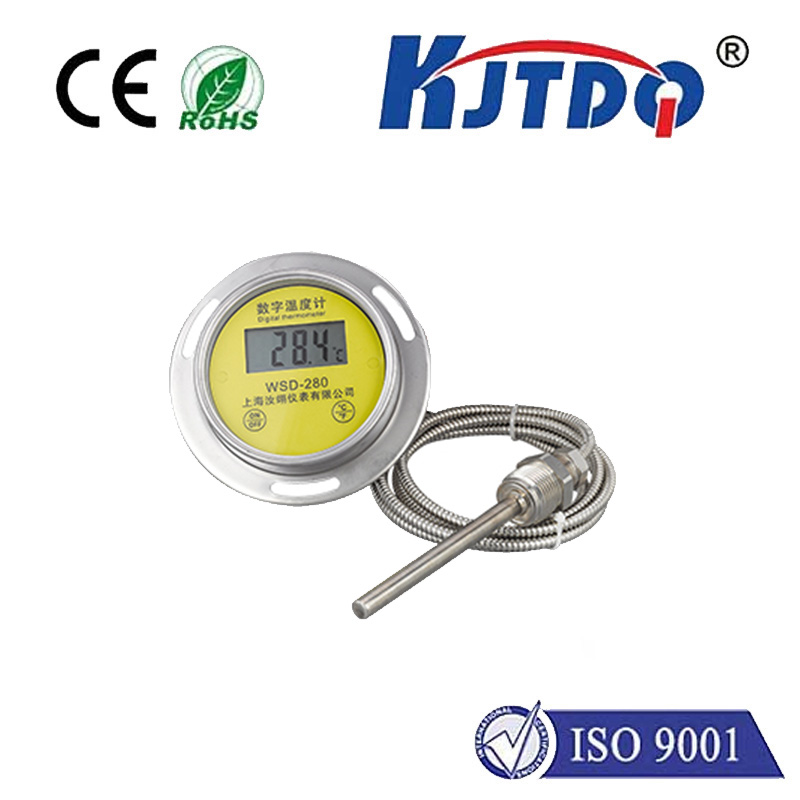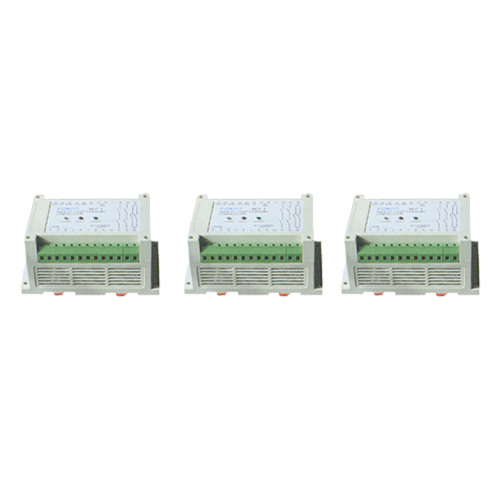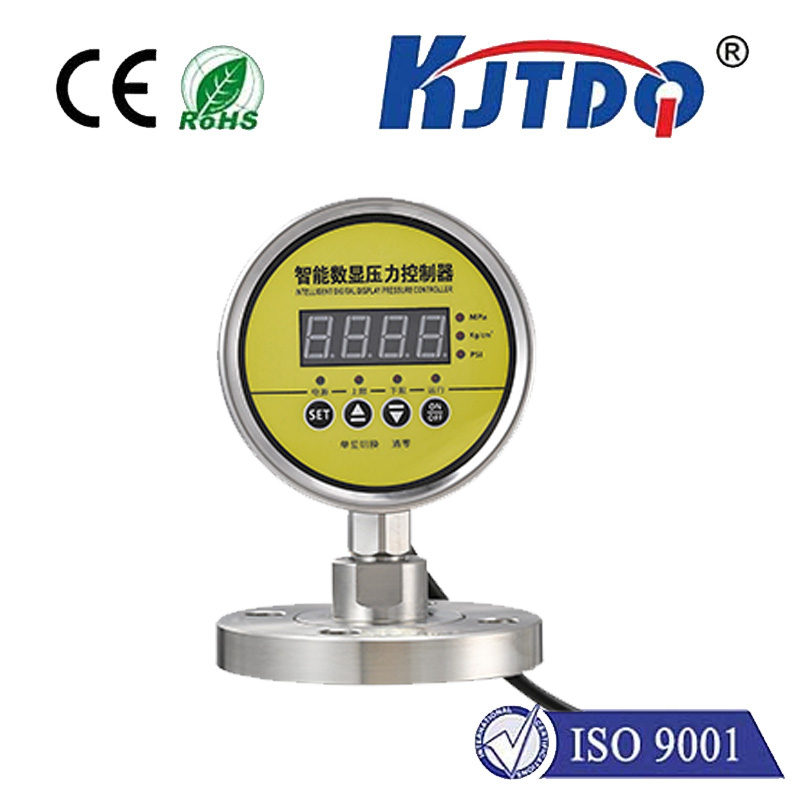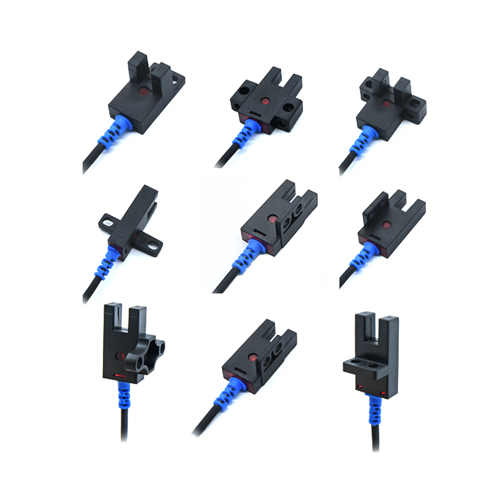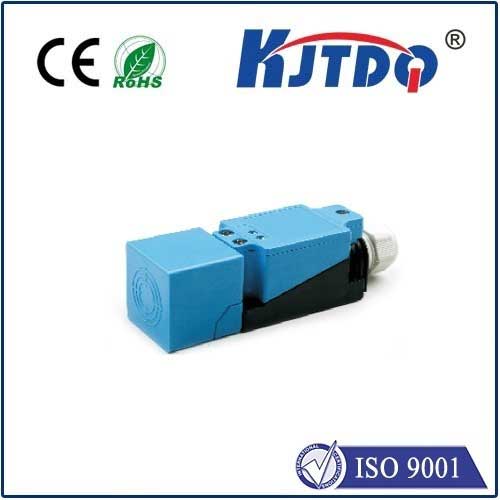

check

check

check

check
Inductive magnetic sensors are the quiet workhorses embedded throughout modern machinery, vehicles, and industrial automation. Operating on fundamental electromagnetic principles, they offer robust, contactless position and speed sensing solutions critical for performance and safety. Ever wonder how your car knows precisely where the crankshaft or camshaft is rotating, enabling perfect fuel injection timing? Or how a factory robot arm achieves millimeter-precise positioning? Often, the answer lies in an unassuming component: the inductive magnetic sensor. These ingenious devices translate the invisible dance of magnetic fields into precise electrical signals, forming the bedrock of countless reliable detection tasks without direct physical contact.
At its core, an inductive magnetic sensor operates on the well-established principle of electromagnetic induction, famously discovered by Michael Faraday. Simply put, a changing magnetic field induces a voltage in a nearby electrical conductor. An inductive sensor comprises a coil wound around a ferromagnetic core. When an electrically conductive or ferromagnetic “target” (like a gear tooth or a metal flag) moves near this coil, it causes a change in the sensor’s magnetic field. This change induces a voltage – an electromotive force (EMF) – within the coil itself. The sensor’s electronics then detect and process this induced voltage change to determine the target’s presence, position, speed, or direction.
Key to their operation is the reliance on alternating current (AC) excitation. The sensor coil is actively driven by an alternating current, typically in the kHz range. This creates a constantly oscillating magnetic field emanating from the coil. When a conductive target enters this field, it doesn’t just passively distort the field; it actively reacts. Circulating eddy currents are induced within the target material itself. These eddy currents generate their own opposing magnetic field, which significantly alters the original field produced by the coil. This complex interaction directly impacts the inductance of the sensor coil and, crucially, the effective impedance of the entire sensor circuit. It’s this measurable shift in impedance (resistance to the AC flow) that the sensor’s conditioning electronics lock onto, converting it into a clear, usable output signal.

Compared to other common sensing technologies like Hall effect sensors, inductive magnetic sensors offer distinct advantages:
The internal architecture of a typical inductive sensor includes:
The applications for inductive magnetic sensors are vast and critical:
Despite their strengths, understanding their limitations is crucial:
Looking forward, advancements continue to enhance inductive magnetic sensor capabilities. Integration of advanced signal processing (ASICs) allows for greater noise immunity, improved resolution, and even speed and direction detection within a single compact package. Miniaturization is also a trend, enabling their use in ever-smaller devices and tighter spaces. While newer technologies emerge, the fundamental robustness, reliability, and cost-effectiveness of inductive magnetic sensors ensure they will remain a dominant force in position and speed sensing, particularly in demanding environments, for the foreseeable future. From the engines powering our vehicles to the robots building our products, these sensors work silently but indispensably, translating magnetism into the data that keeps our world moving precisely and efficiently.
